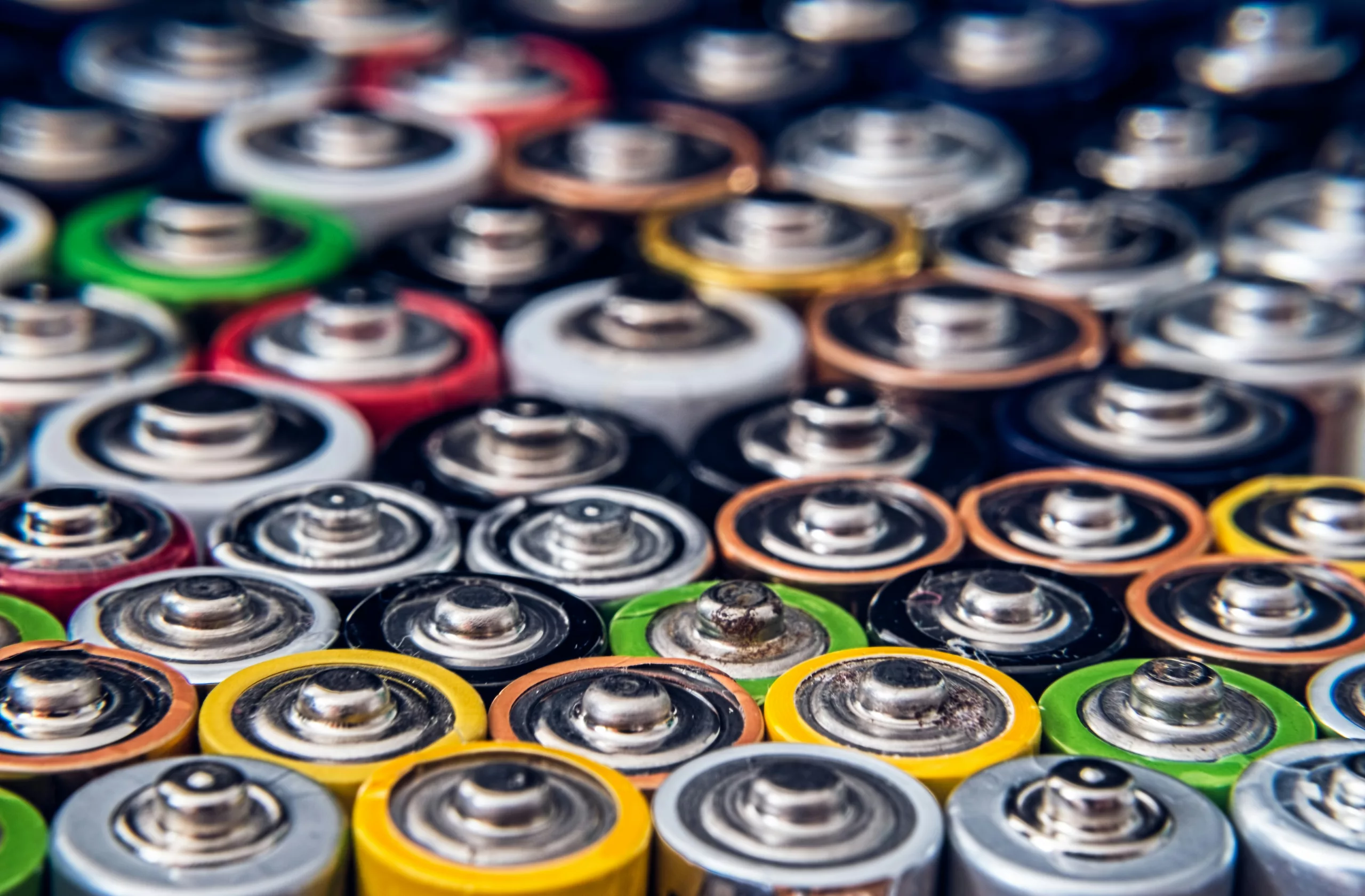The innovative minds at the Critical Materials Innovation Hub are pioneering a groundbreaking approach in chemical engineering that is set to overhaul traditional lithium extraction methods. Employing a subfield of chemistry known as mechanochemistry, these scientists are aggressively shaking up the status quo. Their creation, the mechanochemical extraction of lithium at low temperatures, or MELLT, emerges as a beacon of efficiency meant to reinforce the United States’ lithium stockpile.
The Critical Role of Lithium
Lithium, an element at the heart of the modern renewable energy revolution, is crucial for the batteries that power our mobile phones, electric vehicles (EVs), and various medical devices. With the surge in popularity of EVs, it’s clear that we need a stable and abundant source of lithium to keep up with escalating demand. Traditional sources of lithium, brines and the hard-rock mineral known as spodumene, present unique extraction challenges that scientists at the Ames National Laboratory are addressing head-on.
Lithium Brines vs. Hard-Rock Mineral Extraction
While extraction from lithium brines might be cost-effective, being dependent on solar evaporation rates makes it a lengthy affair. On the other hand, deriving lithium from spodumene is not only energy-intensive, but also environmentally taxing. These conventional methods—whether the 12-24 month wait for brine evaporation or the extreme heat and hazardous waste of mineral processing—are no longer sufficient to meet the escalating need for lithium.
Introducing Mechanochemistry
The team led by Ames Lab scientist Ihor Hlova realized that the key to bypassing traditional downsides lay in leveraging mechanochemistry. Tyler Del Rose, a postdoctoral researcher and team member, emphasises the novelty of the approach, which uses mechanical action for more than just crushing materials but also to spark chemical transformations.
Unlike conventional reactions powered by heat or light, mechanochemistry harnesses mechanical forces to induce chemical changes. Hlova explains that by inducing structural imperfections on solids’ surfaces via mechanical stress, they create the perfect reactive sites for chemical interactions to occur more readily.
The MELLT Process Unveiled
This exciting development unfolds in the form of ball milling, where spodumene and a chosen reactant, such as sodium carbonate, are combined with steel balls in a chamber that undergoes vigorous movement. The resultant stress takes the chemicals to high-energy states, fostering reactions that produce water-soluble lithium compounds. These are subsequently extracted with a simple water wash.
MELLT not only trumps traditional methods in terms of speed but is also significantly more energy-efficient while eliminating the production of toxic by-products. Its role in streamlining hard-rock mineral extraction is a game-changer for the lithium supply chain.
Shaping a Sustainable Future
Hlova heralds mechanochemistry as the path to a sustainable and eco-friendly alternative for conducting chemical reactions. This technique carries the potential to diversify the U.S. lithium supply, thereby neutralizing risks associated with critical materials. MELLT symbolizes hope for the journey towards sustainable energy practices.
Backed by the synergy of national laboratories, universities, and industry partners, the development of MELLT is part of a grander strategy. Led by the Critical Materials Innovation Hub, this collaborative effort stands poised to make profound impacts on U.S. industries, offering technologies ready for commercialization.
Ames National Laboratory: A Beacon of Innovation
As the U.S. Department of Energy‘s Ames National Laboratory celebrates over a decade of significant contributions to energy innovation, their legacy is marked by a wealth of patents, publications, and software. Ames Lab remains a pivotal force in the landscape of American scientific research, persistently addressing the globe’s most pressing challenges through innovation.
If you’re keen to explore partnerships or embrace technologies from the Critical Materials Innovation Hub, connecting with the institution is but an email away. With a continuous commitment to education, research, and development of critical material technologies, Ames Lab and its parent entity, the Office of Science, solidify their roles as pivotal supporters of basic physical sciences research in the United States.
